Riding an electric bike for the first time is an exhilarating experience that opens up a world of new possibilities for commuting, leisure, and adventure. In this comprehensive guide, we'll walk you through the things you need to check before your first ride, adjustments to optimize your comfort, and essential tips for the first time riding. Plus, we'll provide you with techniques for navigating city streets and trails, ensuring an enjoyable experience every time you saddle up.

What Should You Check Before First Ride
It's essential to check and make sure everything is in perfect working order when riding an e-bike for the first time. Here are the key aspects to inspect:
Battery Charge
The battery serves as the heart of your e-bike, making it essential to ensure it is fully charged before embarking on your ride. Always check the battery level indicator beforehand.
Tire Pressure
Properly inflated tires are crucial for a smooth ride and optimal control. Check the manufacturer's recommended tire pressure, which is usually found on the sidewall of the tires, and use a pump with a pressure gauge to ensure they're inflated correctly.
Brakes
Inspect both the front and rear brakes. Squeeze the brake levers and make sure they engage smoothly and effectively. If the brakes feel loose or don't stop the bike quickly, they may need adjusting or replacing.
Lights and Reflectors
Ensure all lights and reflectors are functional and visible. This includes front and rear lights, as well as side reflectors on the wheels. Proper lighting is essential for visibility, especially if you're riding in low-light conditions.
Chain and Gears
Check the chain for proper lubrication and tension. Run through all the gears to make sure they shift smoothly. A well-maintained chain and gear system will ensure a more efficient and enjoyable ride.
Handlebar and Saddle
Ensure that the handlebar and saddle are securely fastened and adjusted to your comfort. The handlebar should be tight, with no wobble, and the saddle should be at the correct height for your leg length.
How to Start and Adjust Your E-Bike for Comfort
Before you take your first ride, it's important to ensure everything is set up just right. Next, we'll show you how to start your e-bike and make those crucial comfort adjustments to ensure a smooth and enjoyable ride.
-
Seat Height Adjustment:
Position the Bike: Place your bike on a flat, stable surface and engage the kickstand to keep it upright.
Get on the Bike: Sit on the seat and place your feet on the pedals.
Pedal to the Lowest Position: Rotate one of the pedals to its lowest point in the pedal stroke.
Check Leg Extension: Your leg should be almost fully extended at the bottom of the pedal stroke, with a slight bend in the knee. This position ensures that you can pedal efficiently without overextending your knee.
Adjust as Needed: If your leg is too bent or too straight, adjust the seat height by loosening the seat post clamp, raising or lowering the seat, and then tightening the clamp securely.
-
Handlebar and Fork Adjustment:
Handlebar Height: Adjust the handlebars so they are at a comfortable height. Ideally, they should be level with or slightly higher than the seat. This position helps reduce strain on your back and shoulders.
Handlebar Angle: The handlebars should be angled in a way that allows your wrists to remain straight and comfortable while gripping them. Adjust the angle by loosening the bolts on the stem, setting the desired angle, and then tightening the bolts.
Front Fork Alignment: Ensure the front fork is correctly aligned and securely fastened. The fork should be perpendicular to the ground and centered with the front wheel for optimal handling and stability. Tighten any bolts or quick-release levers to secure the fork in place.
Frame Inspection: Examine the frame for any visible signs of damage such as cracks, dents, or bends. A sturdy frame is essential for safe riding.
Kickstand Stability: Check that the kickstand is securely attached to the frame and provides stable support when engaged. The bike should stand upright without leaning or wobbling.
Tighten Connections: Make sure all bolts and fasteners on the frame and kickstand are tightened properly. Loose components can lead to instability and potential accidents.
Essential Safety Tips for First-Time E-Bike Riders
Next up, let’s focus on safety. Here are the essential tips to keep first-time e-bike riders secure and confident on your adventures.
-
Get Acquainted with Your E-Bike
Before setting off on your e-bike adventure, take the time to familiarize yourself with its features and functions. Practice starting, stopping, and maneuvering in a safe, open area to build confidence and get comfortable with the controls.
-
Always Wear a Helmet and Knee Pads
Protect your noggin and knees by wearing properly fitting gear every time you ride your e-bike. Choose a helmet that meets safety standards and make sure it's securely fastened before hitting the road. Additionally, consider wearing knee pads to protect your knees from potential injuries during falls or collisions. Your brain and knees will thank you!
-
Know Your Route
Plan your route before you depart. Familiarize yourself with any bike lanes, avoid high-traffic roads when possible, and be aware of the terrain—especially if you’re riding on trails. Apps and GPS devices can be handy in helping you navigate and avoid getting lost.
-
Obey Traffic Laws
Just like any other road user, e-bike riders must obey traffic laws and signals. Ride in the same direction as traffic, use hand signals to indicate turns, and adhere to speed limits. Be predictable and courteous to other road users to ensure a smooth and safe ride.
-
Be Visible
Make sure you equip your e-bike with front and rear lights. Increase your visibility even further by adding reflective tape to your bike frame and accessories. Being visible reduces the risk of accidents, especially in low-light conditions.
-
Stay Alert and Aware
Keep your eyes and ears open while riding your e-bike. Scan the road ahead for potential hazards, such as potholes, debris, and pedestrians. Stay focused on the task at hand and avoid distractions like texting or listening to music while riding.
Maintain a safe distance from other vehicles, especially when you're behind large vehicles that might not have a clear view of you. This space cushion not only gives you more time to react but also makes you more visible to other drivers.
Armed with these vital safety tips, you're ready to hit the road with confidence and care. Why not make your journey even better with HaoQI ebikes? With durability and innovative features, HaoQI ebikes offer the perfect blend of performance and comfort, making them ideal for any adventurer. Ready to ride smarter and safer? Explore the possibilities with HAOQI and experience the future of e-biking today.
Techniques for Navigating City Streets and Trails
Now that you're equipped with essential safety tips, let’s explore some effective techniques for confidently navigating both bustling city streets and serene trails on your e-bike.

-
Stay Alert
Keep your eyes peeled for cars, pedestrians, and other cyclists. Try to guess what they'll do next, so you're always a step ahead. This will help you avoid sudden problems and keep your ride smooth.
-
Position Yourself Wisely
Use bike lanes when they're available and stick to traffic rules. If there’s no bike lane, ride where drivers can easily see you, but not too close to the curb. This will help you avoid parked cars and road hazards like potholes.
-
Signal What You’re Doing
Let others know when you’re turning or changing lanes by using hand signals. This makes things safer and helps you communicate with drivers and other cyclists.
-
Adjust Your Bike for the Terrain
Switch your e-bike’s settings to suit the terrain. Use a higher torque mode for rough trails, and make sure your tires are good for both streets and dirt paths. This will help you handle all kinds of routes better.
-
Check the Weather
Before you go out, look up the weather. Be ready for changes and know that wet or icy conditions mean you should be extra careful.
-
Ride Defensively
Act as if others might not see you. Keep a safe distance from cars and always wear a helmet. Being cautious helps you stay safe and boosts your confidence on the road.
Conclusion
Riding an electric bike for the first time is an exhilarating experience, blending the joy of cycling with the thrill of speed and efficiency. As you embark on this adventure, remember to prioritize safety, customize your e-bike for comfort, and familiarize yourself with local routes and regulations. Whether you're navigating bustling city streets or serene trails, riding an electric bike offers a unique opportunity to explore your surroundings in a fun, eco-friendly way. Embrace the ride, and enjoy every moment!
FAQ
How Long Does It Take to Get Used to Riding for the First Time?
Getting used to riding for the first time typically takes a few weeks to a few months, depending on the individual's comfort level and practice frequency. Most beginners start feeling more confident and balanced after a few consistent sessions.
How to Control Steering and Balance?
To control steering and balance, focus on maintaining a relaxed grip on the handlebars and use gentle, smooth movements to steer. Keep your eyes looking ahead, not down. For balance, distribute your weight evenly and use your body to lean slightly into turns while keeping your core engaged. Practice regularly to improve coordination and stability.



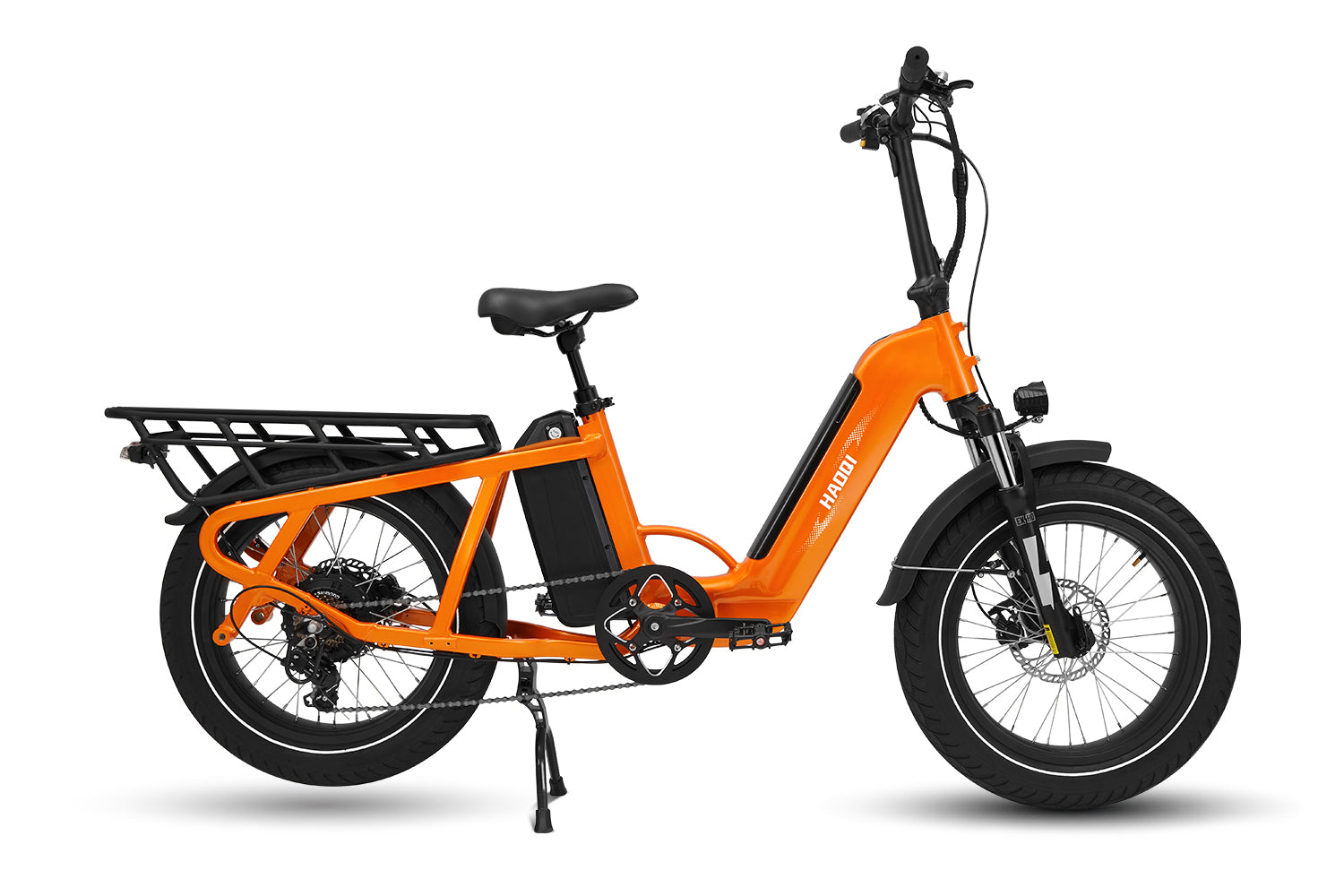

![HAOQI Antelope 500W Cargo Electric Bike (UL Certified) [electric bike] [HAOQI ebike]](http://haoqiebike.com/cdn/shop/products/haoqi-antelope-cargo-electric-bike-with-dual-battery-haoqiebike-com-1.jpg?v=1753954498&width=1500)
![HAOQI Squirrel Folding Electric Bike (UL Certified) [electric bike] [HAOQI ebike]](http://haoqiebike.com/cdn/shop/files/1_03c67b67-715e-4617-a648-51f108ceb425.jpg?v=1766473332&width=1500)
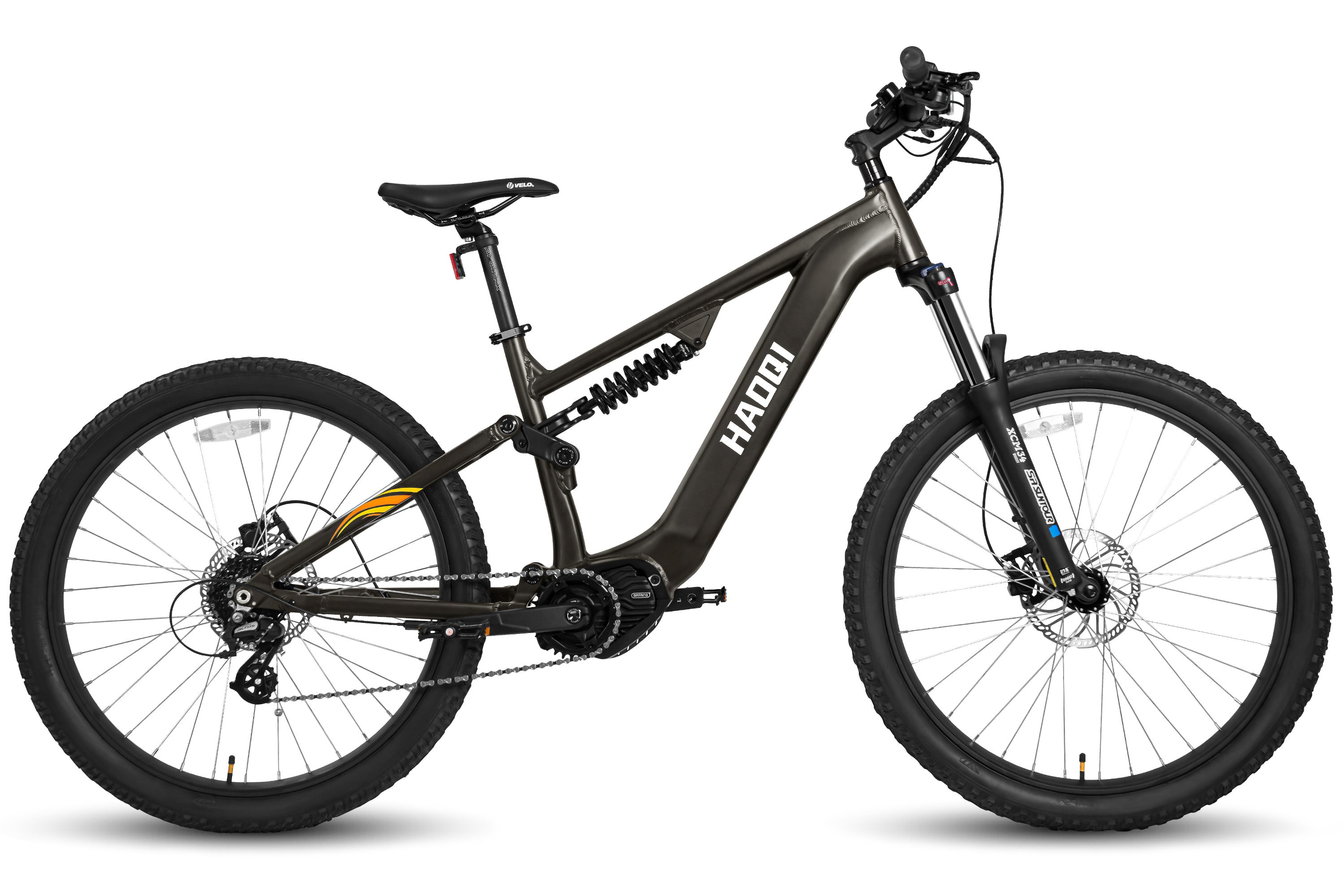
![HAOQI Eagle Long Range Electric Bicycle (UL Certified) [electric bike] [HAOQI ebike]](http://haoqiebike.com/cdn/shop/files/2_bf7ae46b-aad6-472a-9c14-d56ca3f0feb6.jpg?v=1755142722&width=1500)
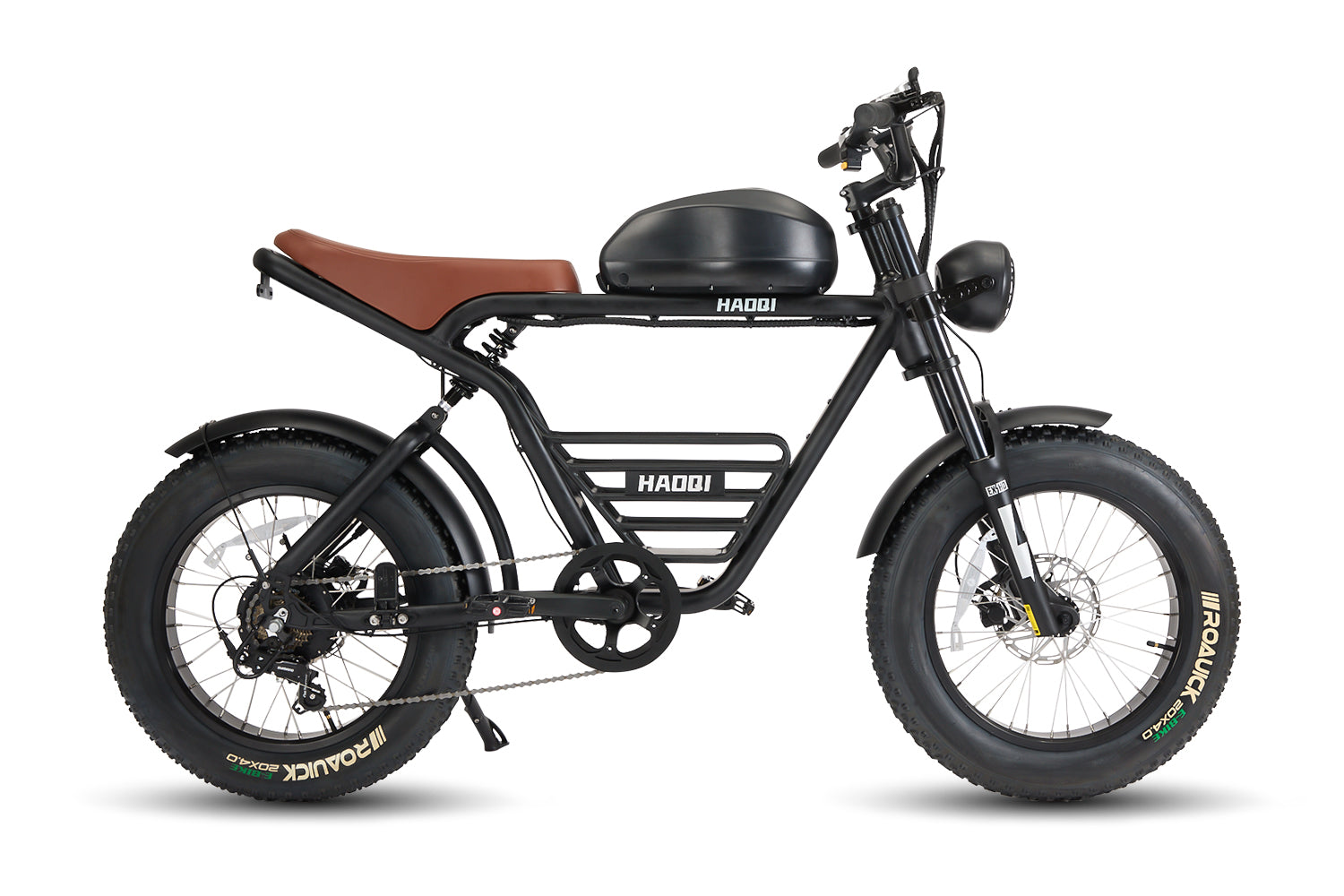
![HAOQI Antelope Pro 750W Cargo Electric Bike (UL Certified) [electric bike] [HAOQI ebike]](http://haoqiebike.com/cdn/shop/products/haoqi-antelope-pro-cargo-electric-bike-with-dual-battery-750w-haoqiebike-com-1.jpg?v=1751610204&width=1500)


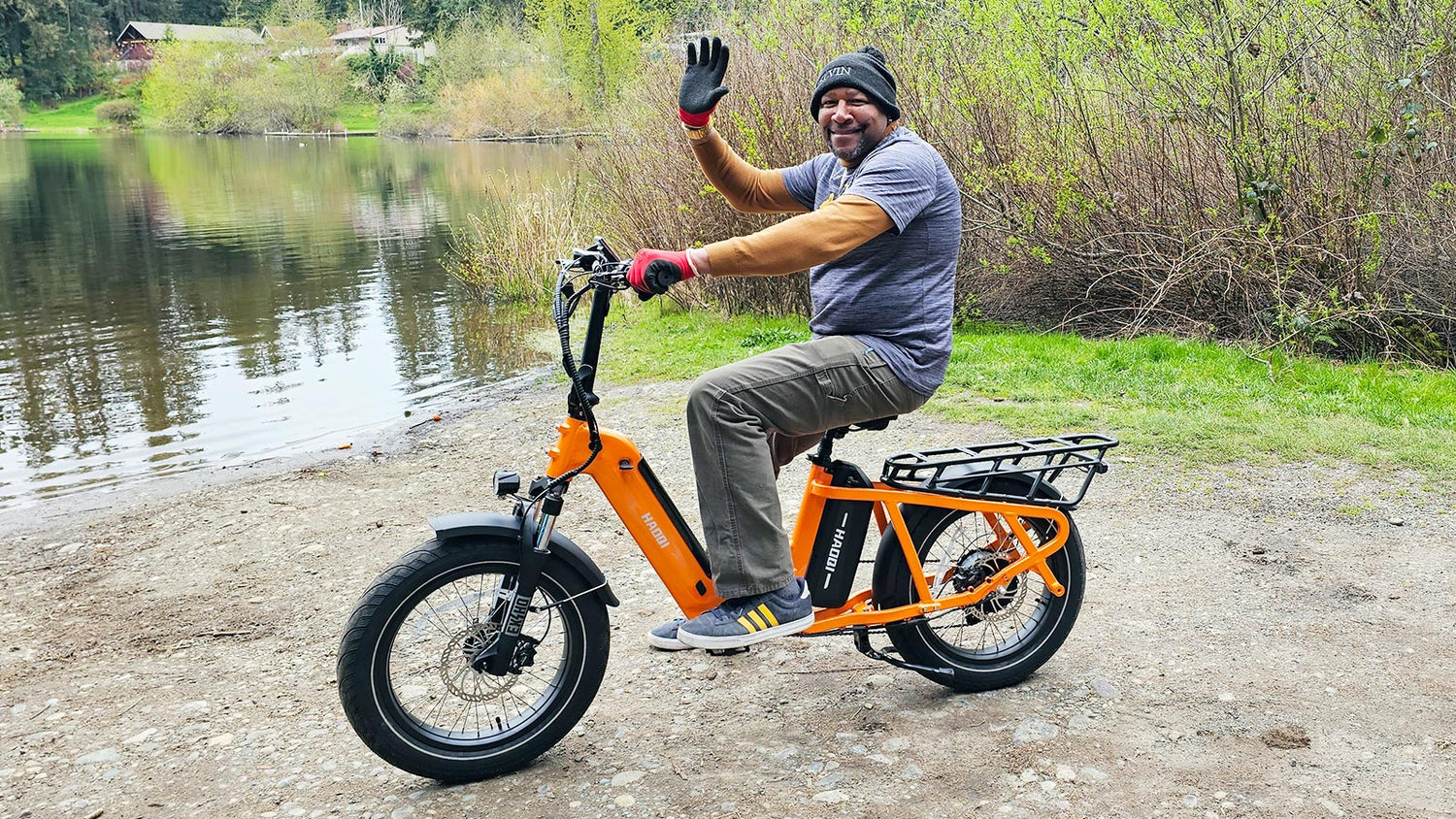

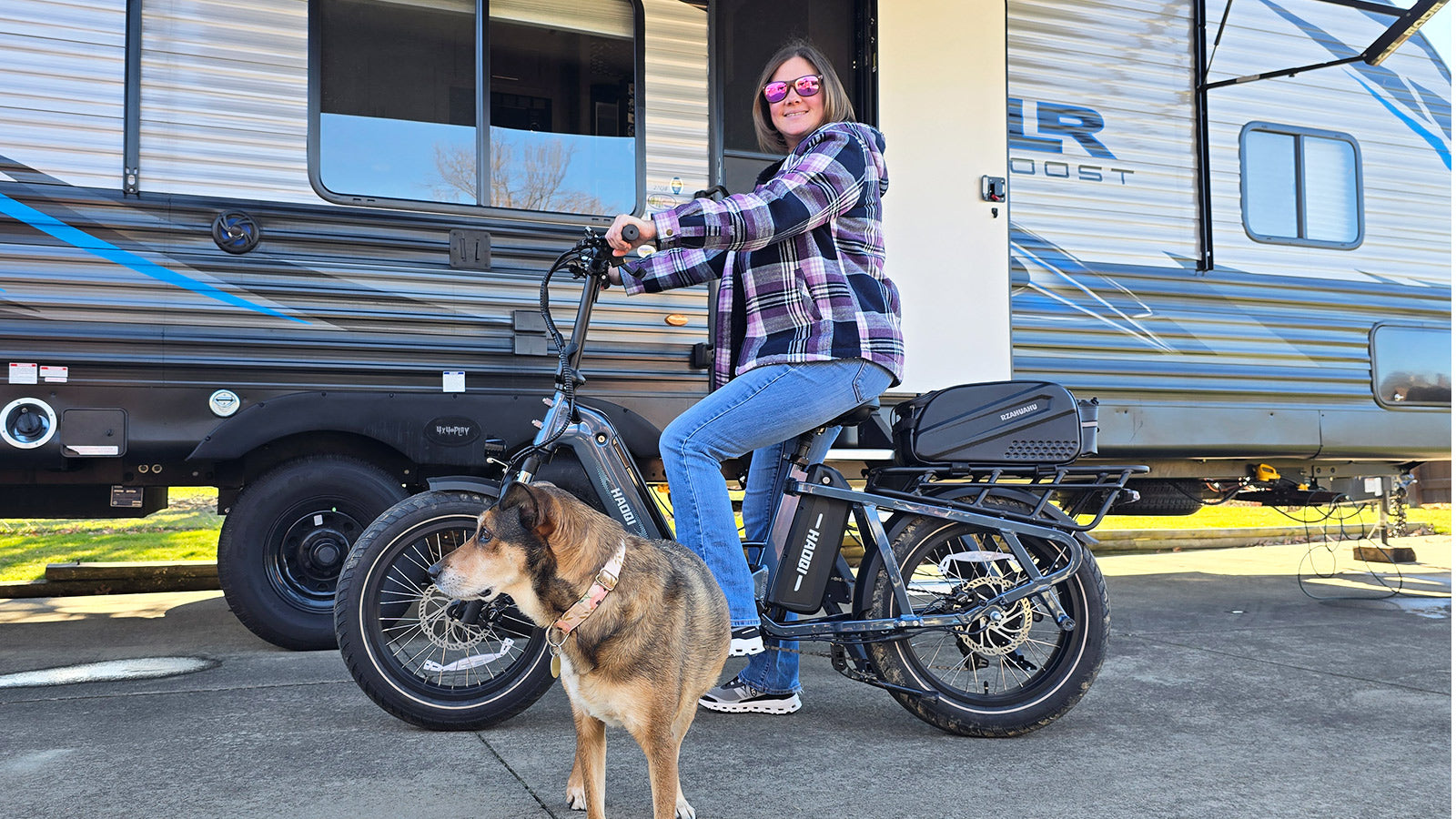




Leave a comment
All comments are moderated before being published.
This site is protected by hCaptcha and the hCaptcha Privacy Policy and Terms of Service apply.